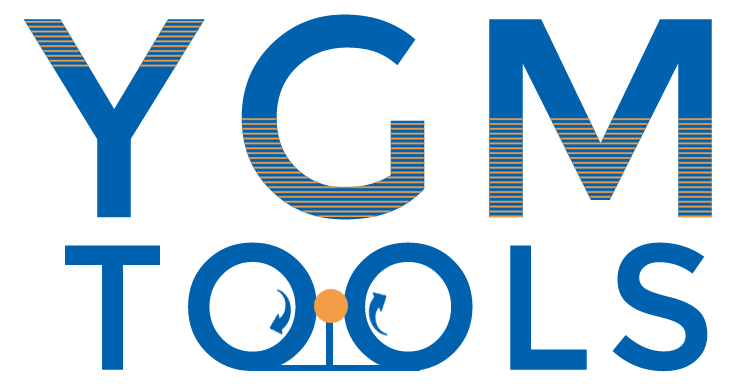
-
 Afrikaans
Afrikaans -
 Albanian
Albanian -
 Amharic
Amharic -
 Arabic
Arabic -
 Armenian
Armenian -
 Azerbaijani
Azerbaijani -
 Basque
Basque -
 Belarusian
Belarusian -
 Bengali
Bengali -
 Bosnian
Bosnian -
 Bulgarian
Bulgarian -
 Catalan
Catalan -
 Cebuano
Cebuano -
 Corsican
Corsican -
 Croatian
Croatian -
 Czech
Czech -
 Danish
Danish -
 Dutch
Dutch -
 English
English -
 Esperanto
Esperanto -
 Estonian
Estonian -
 Finnish
Finnish -
 French
French -
 Frisian
Frisian -
 Galician
Galician -
 Georgian
Georgian -
 German
German -
 Greek
Greek -
 Gujarati
Gujarati -
 Haitian Creole
Haitian Creole -
 hausa
hausa -
 hawaiian
hawaiian -
 Hebrew
Hebrew -
 Hindi
Hindi -
 Miao
Miao -
 Hungarian
Hungarian -
 Icelandic
Icelandic -
 igbo
igbo -
 Indonesian
Indonesian -
 irish
irish -
 Italian
Italian -
 Japanese
Japanese -
 Javanese
Javanese -
 Kannada
Kannada -
 kazakh
kazakh -
 Khmer
Khmer -
 Rwandese
Rwandese -
 Korean
Korean -
 Kurdish
Kurdish -
 Kyrgyz
Kyrgyz -
 Lao
Lao -
 Latin
Latin -
 Latvian
Latvian -
 Lithuanian
Lithuanian -
 Luxembourgish
Luxembourgish -
 Macedonian
Macedonian -
 Malgashi
Malgashi -
 Malay
Malay -
 Malayalam
Malayalam -
 Maltese
Maltese -
 Maori
Maori -
 Marathi
Marathi -
 Mongolian
Mongolian -
 Myanmar
Myanmar -
 Nepali
Nepali -
 Norwegian
Norwegian -
 Norwegian
Norwegian -
 Occitan
Occitan -
 Pashto
Pashto -
 Persian
Persian -
 Polish
Polish -
 Portuguese
Portuguese -
 Punjabi
Punjabi -
 Romanian
Romanian -
 Russian
Russian -
 Samoan
Samoan -
 Scottish Gaelic
Scottish Gaelic -
 Serbian
Serbian -
 Sesotho
Sesotho -
 Shona
Shona -
 Sindhi
Sindhi -
 Sinhala
Sinhala -
 Slovak
Slovak -
 Slovenian
Slovenian -
 Somali
Somali -
 Spanish
Spanish -
 Sundanese
Sundanese -
 Swahili
Swahili -
 Swedish
Swedish -
 Tagalog
Tagalog -
 Tajik
Tajik -
 Tamil
Tamil -
 Tatar
Tatar -
 Telugu
Telugu -
 Thai
Thai -
 Turkish
Turkish -
 Turkmen
Turkmen -
 Ukrainian
Ukrainian -
 Urdu
Urdu -
 Uighur
Uighur -
 Uzbek
Uzbek -
 Vietnamese
Vietnamese -
 Welsh
Welsh -
 Bantu
Bantu -
 Yiddish
Yiddish -
 Yoruba
Yoruba -
 Zulu
Zulu
Optimal Configuration for Thread Rolling Machines for Maximum Efficiency and Performance
Setting Up the Best Thread Rolling Machine A Comprehensive Guide
Thread rolling is a highly efficient method of creating threads on cylindrical parts, favored for its ability to produce stronger threads compared to cutting methods. To ensure optimal performance and precision, setting up your thread rolling machine correctly is essential. Here’s how to achieve the best setup for your machine.
1. Understanding Your Machine
Before diving into the setup process, familiarize yourself with the thread rolling machine's components. This includes the rollers, feed mechanisms, and controls. Each part plays a crucial role in the thread formation process, and knowing their functions will enable you to troubleshoot potential problems later.
2. Selecting the Right Rollers
Choosing the right type of rollers for your specific application is paramount. Rollers come in various profiles, depending on the thread specifications required. Ensure that the roller profile matches the type of thread you intend to create. Additionally, consider the material of the rollers; hardened steel is commonly preferred for its durability.
3. Adjusting the Machine Settings
Once you've selected the appropriate rollers, it's time to adjust the machine settings. This typically involves setting the diameter of the workpiece, the depth of the thread, and the rolling speed. Ensure that the settings align with the specifications provided in your production documentation. Proper alignment is key to achieving high-quality threads.
best thread rolling machine setup

4. Aligning the Workpiece
Accurate alignment of the workpiece is crucial for successful thread rolling. The workpiece should be fed securely into the machine, with its axis aligned with the rollers. Misalignment can result in uneven threads or damage to the component. Using indicators or laser tools can help ensure that your workpiece is perfectly aligned before the rolling process begins.
5. Testing and Calibration
Once everything is set up, conduct a test run with a sample workpiece. This allows you to assess the quality of the threads produced and make any necessary adjustments. Pay close attention to parameters such as surface finish and dimensional accuracy. Calibration may be required if the initial results do not meet quality standards.
6. Regular Maintenance
To keep your thread rolling machine in peak condition, establish a regular maintenance schedule. This includes cleaning, lubricating moving parts, and inspecting for wear. Consistent upkeep will enhance the machine’s longevity and ensure consistent performance.
In conclusion, setting up a thread rolling machine involves careful consideration of components, settings, and alignment. By following these guidelines, you can achieve the best results in thread rolling, leading to enhanced productivity and product quality in your operations.
